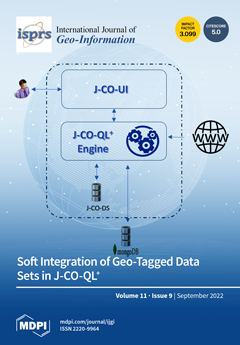The possibility offered by the current technology to collect and store data sets regarding public places located on the Earth globe is posing new challenges, as far as the integration of these data sets is concerned. Analysts usually need to perform such an integration from scratch, without performing complex and long preprocessing or data-cleaning tasks, as well as without performing training activities that require tedious and long labeling of data; furthermore, analysts now have to deal with the popular
JSON format and with data sets stored within
JSON document stores. This paper demonstrates that a methodology based on soft integration (i.e., data integration performed through soft computing and fuzzy sets) can now be effectively applied from scratch, through the
J-CO Framework, which is a stand-alone tool devised to process
JSON data sets stored within
JSON document stores, possibly by performing soft querying on data sets. Specifically, the paper provides the following contributions: (1) It presents a soft-computing technique for integrating data sets describing public places, without any preliminary pre-processing, cleaning and training, which can be applied from scratch; (2) it presents current capabilities for soft integration of
JSON data sets, provided by the
J-CO Framework; (3) it demonstrates the effectiveness of the soft integration technique; (4) it shows how a stand-alone tool able to support soft computing (as the
J-CO Framework) can be effective and efficient in performing data-integration tasks from scratch.
Full article





